How Metal Tariffs Could Cost U.S. Automakers Billions in 2025
In a major shift in trade policy, the United States has officially doubled tariffs on imported steel and aluminum, raising rates from 25% to 50%. Spearheaded by former President Donald Trump, this decision is aimed at safeguarding U.S. manufacturing and addressing foreign dumping practices, citing national security as justification.
However, the metal tariff increase could pose a serious threat to U.S. automakers, significantly inflating production costs across an already pressured industry.
Raw Material Costs in Vehicle Manufacturing
According to a new analysis from Wells Fargo, the impact of these new import tariffs on automotive manufacturing could reach into the billions. On average, a passenger vehicle contains a high concentration of raw metals:
Metal Content Per Vehicle
Steel: 952 kg per vehicle (~$870 at April spot prices)
Aluminum: 181 kg per vehicle (~$450)
Total: ~$1,320 in metal materials per vehicle
This accounts for more than half of the raw material cost per car — an essential detail in understanding the financial strain automakers may soon face.
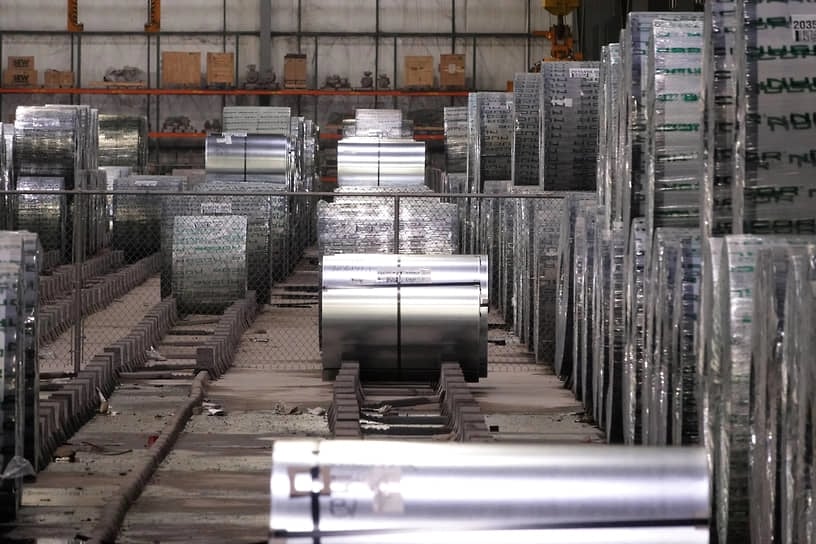
Projected Cost Impact on Leading Automakers
If steel and aluminum tariffs remain in place long term, U.S.-based auto giants may see substantial increases in operational costs:
Estimated Annual Cost Increases
General Motors (GM) $GM — Approx. $1.1 billion
Ford Motor Company (F) $F — Around $800 million
Stellantis (STLA) $STLA — Roughly $500 million
These figures indicate growing margin pressure for key players in the Detroit automotive sector, threatening their competitiveness amid rising global competition.
Lagged Effect and Future Outlook
Wells Fargo notes that there’s typically a two-quarter lag between spot market changes and their reflection in contract pricing. This means the full financial burden from increased metal tariffs may not be felt until late 2025 or early 2026.
Interestingly, steel prices have only risen modestly since the announcement, suggesting that markets may be pricing in the possibility of renegotiated trade agreements or policy reversals.
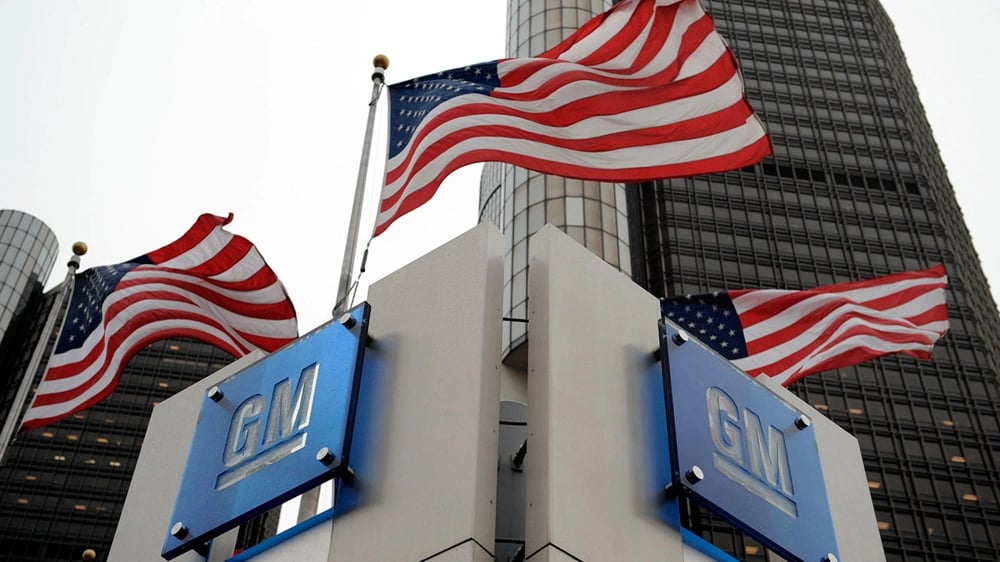
Geopolitical Risk and July Deadline
Further uncertainty looms as several countries contemplate retaliatory tariffs on U.S. goods. While these measures are currently suspended, they could take effect as early as July, depending on ongoing trade negotiations.
Such developments could amplify global supply chain tensions, exacerbating challenges for American carmakers already grappling with elevated material prices and long-term production cost volatility.
Conclusion: Margin Pressure in an Uncertain Trade Environment
The sharp rise in U.S. metal tariffs presents a costly new challenge for the automotive sector. With raw material costs per vehicle already high, leading manufacturers like Ford, GM, and Stellantis face the prospect of billions in added annual expenses.
As geopolitical tensions mount and international trade policies evolve, the ability of U.S. automakers to adapt — either through supply chain restructuring or policy advocacy — will define their competitive position in the coming years.


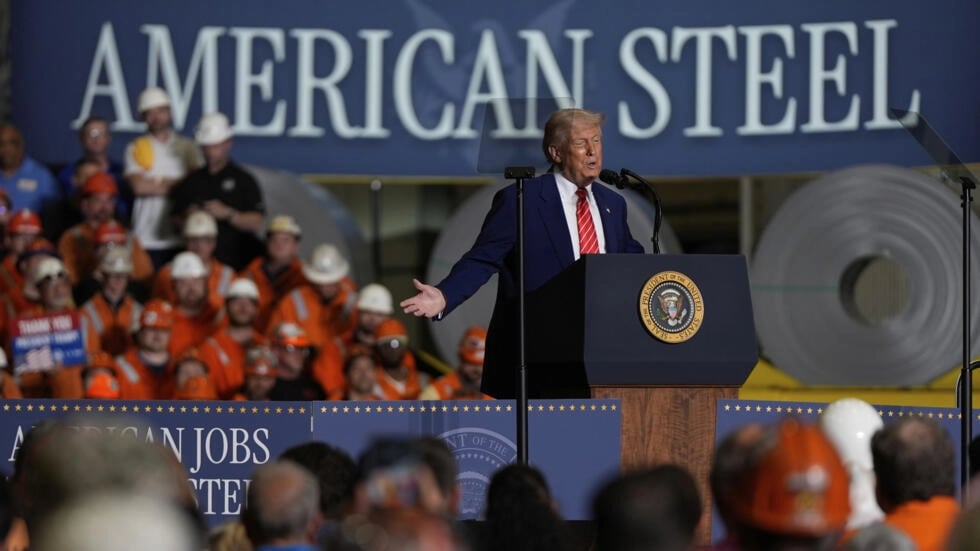
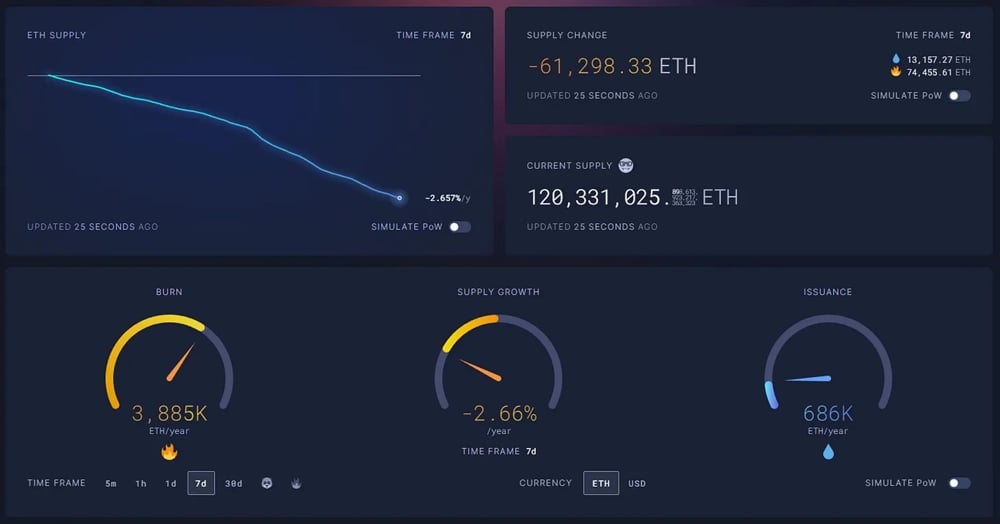

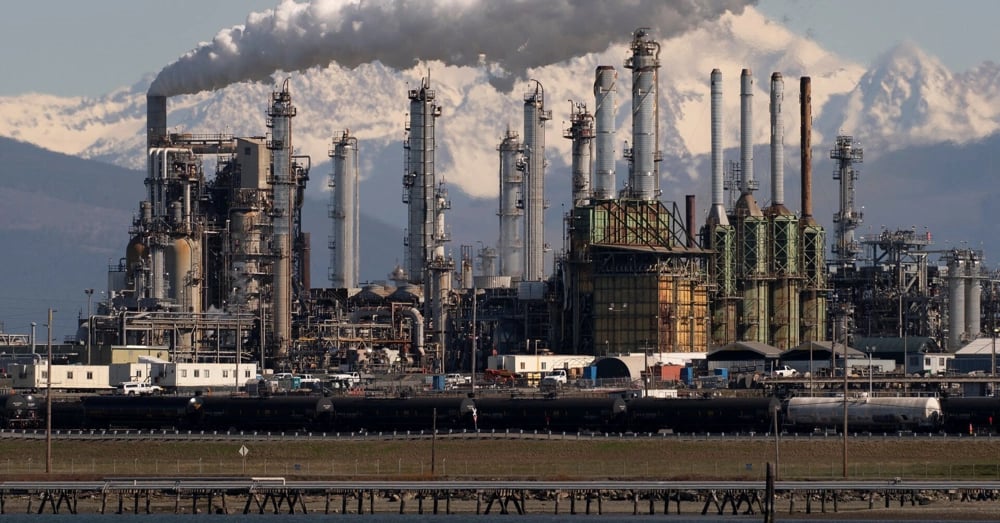




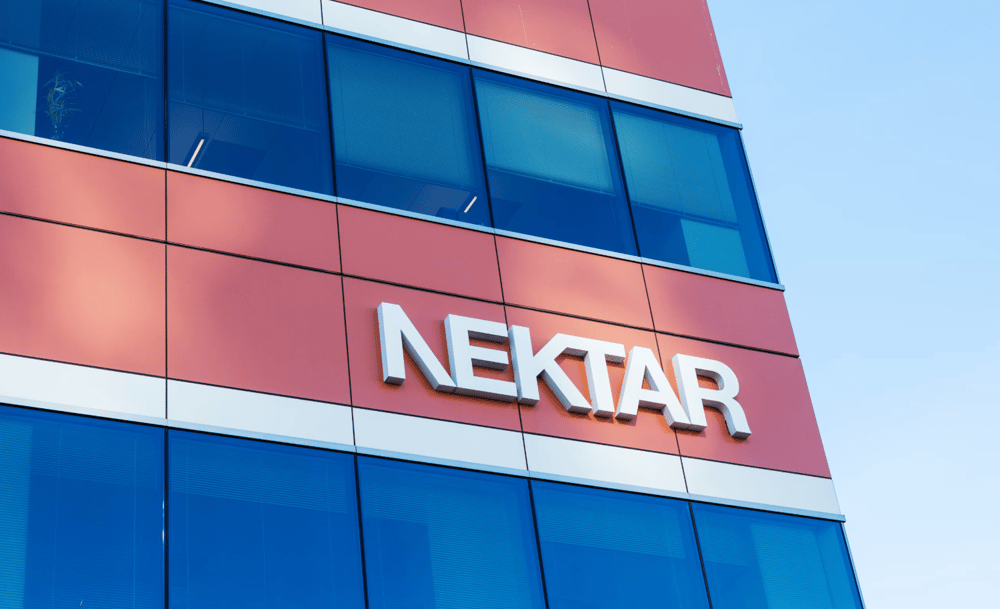
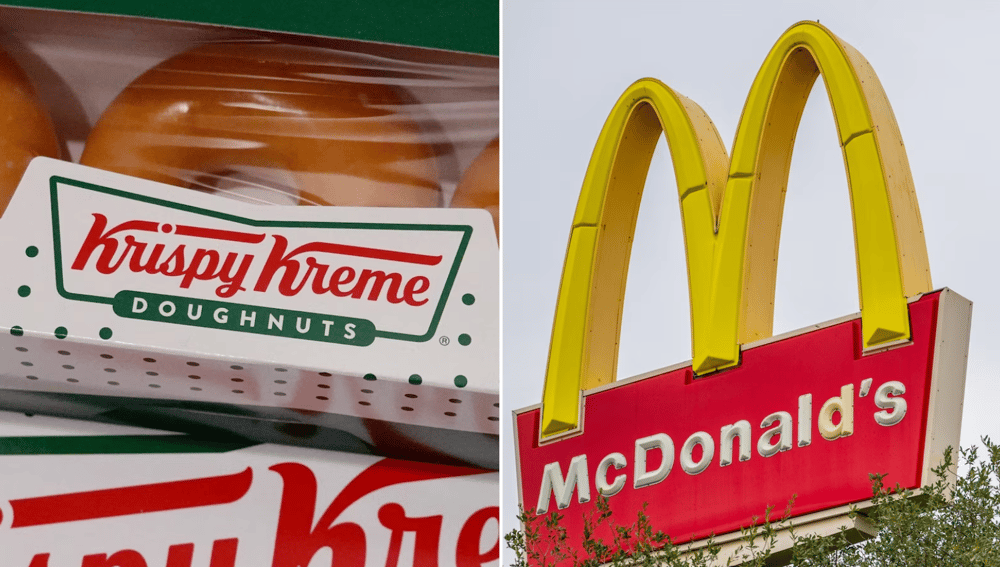


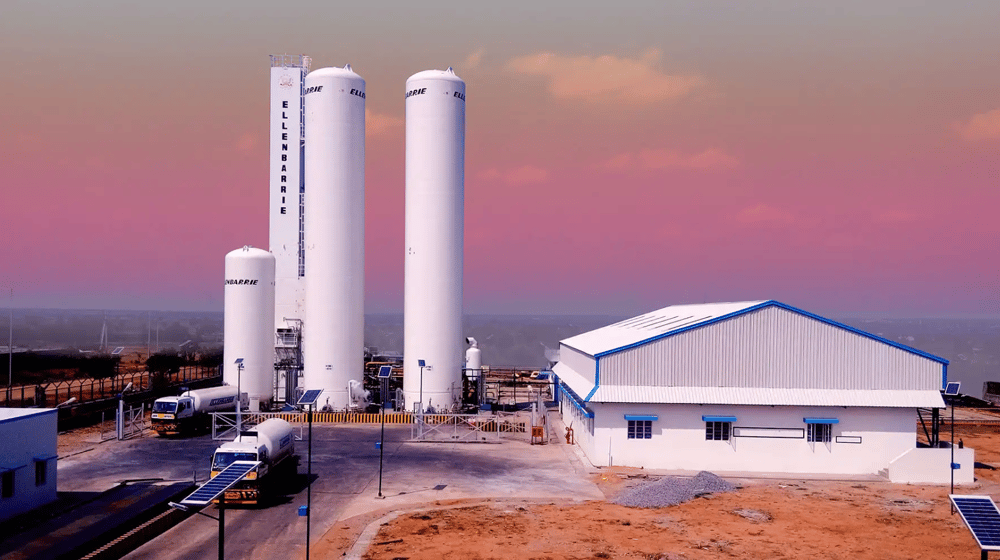
Comments
Doubling tariffs is a bold move that might protect U.S. manufacturing but could also ignite a new wave of global trade tensions.
This development could act as a catalyst for structural change across tech ecosystems